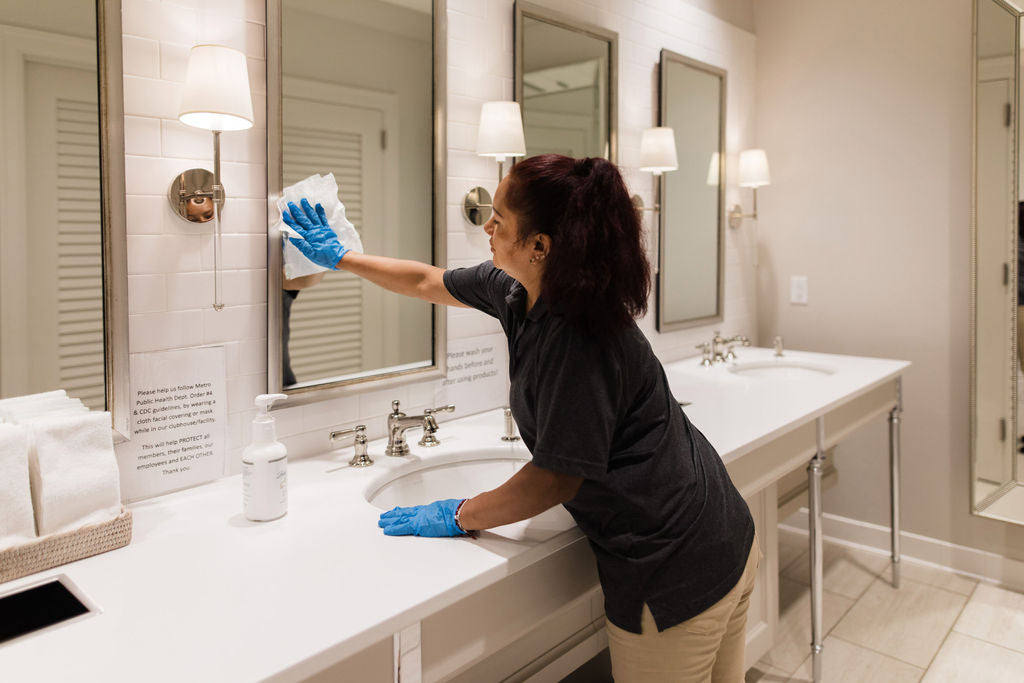Spunlace wiping cloths provide no cross contamination, more absorbency and cost less.
Microfiber cloths (made from 100% polyester or polyester/nylon fibers) are popular now for cleaning inside and outside the house and while they do a good job in some applications, there are other applications where a spunlace, 55% woodpulp/45% polyester, wiping cloth works better and costs less. In this article we are only discussing spunlace wiping cloths that are 55% woodpulp/45% polyester (55/45).
There are many things to consider in choosing a wiping cloth. Let’s first look at the performance of microfiber wiping cloths for specific applications. Microfiber cloths were originally designed for cleaning surfaces that are dry. For example, microfiber makes a great dust cloth. A microfiber cloth can also be used dry for removing oils and grease from a delicate surface. They are used to wipe stainless steel on cooktops and stoves and for removing fingerprints from eye glasses. Microfiber cloths are soft and remove dust and oils easily for low soil uses, but what about the really dirty cleaning jobs?

Spunlace Wiping Cloths
Spunlace wiping cloths are superior to microfiber if you need to tackle a greasy, dirty, sticky, tough cleaning job that requires your wiping cloth to be used wet (especially with a solvent or cleaning agent) or dry. They work well as a substitute for paper blue stop towels. Spunlace wiping cloths maintain strength when combined with a solvent, any cleaning solution or when used with water. Since the spunlace wiping cloth is 45% polyester, it combines the benefits of the polyester used in microfiber cloths with the absorbency of woodpulp fibers to clean tough jobs easily. The polyester makes the spunlace wiping cloth soft, strong, able to remove grease, dust, and dirt easily. The woodpulp adds absorbency so that liquids will be absorbed into the cell structure vs “riding along on the surface of the polyester fiber”. Microfiber cloths hold some liquids but do not actually absorb them. Therefore, they move liquids around over a surface and you may need a drying cloth to actually remove the liquid and dry your cleaning surface. This is not ideal for cleaning heavy dirt, dust or greasy surfaces. Because of the unique woodpulp/polyester combination, spunlace wiping cloths allow you to deep clean all surfaces with a liquid agent or you can use it dry to absorb spills.
Microfiber cloths
Microfiber cloths are also known for their softness but do have some lint. Spunlace wiping cloths are soft as well (especially when wet) and additionally are essentially lint free. Another popular use for spunlace wiping cloths is when you need a streak-free surface. The woodpulp absorbs the cleaning spray or solvent and uses it to clean the surface, but also removes it from the cleaning surface so it doesn’t streak or leave traces of the chemical behind. For this reason, spunlace wiping cloths are used in a myriad of industries ranging from automotive and aircraft manufacturers to even stone countertop fabricators as they cut, clean, install, seal and shine cut stone before it is installed in your home. Using your favorite granite or quartz cleaning spray, spunlace wiping cloths are the better cloth to clean your stone surfaces at home. Many glass and mirror manufacturers use spunlace wipes to achieve a streak-free shine on their finished products before they are installed. You can use what the manufacturers use to clean glass and stone for a streak and lint free finish.
Now that we have discussed the specific tasks and performance of spunlace woodpulp/polyester wiping cloths verses microfiber wiping cloths, let’s look at cost and disposability. If you plan to wash your wiping cloth (low soil dusting and wiping uses), then a microfiber cloth is the best choice, but what if the cloth has grease, oils and is heavily soiled. If you wash a heavily soiled cloth, there will be some residual dirt and grease that may not wash out completely, leaving the possibility that when you use the cloth again, there is a chance of cross contamination. Previous dirt and oils that are still lodged in the microfiber cloth may be deposited on your cleaning surface when you reuse the cloth. This is especially a concern when painting or detailing cars, wiping down countertops, washing windows or dealing with delicate surfaces. Spunlace wiping cloths are cost efficient enough that you can use a few to complete your cleaning job and then simply throw them away. You also throw away the grease, dirt, pet mess, paint, solvent, etc. that is contained in your dirty wiping cloth. You will use a new spunlace wiping cloth each time you begin your cleaning job. Each new spunlace wiping cloth is clean and free of any contamination. Spunlace wiping cloths are easy to rinse and reuse within a working or cleaning day if you want to reuse it, or you can choose to throw it away and use a new one. Spunlace wiping cloths start at less than $.10 each whereas good microfiber cloths cost $.50 to $1 or more depending on the quality of the cloth.
Spunlace wiping cloths allow you to tackle the dirtiest most delicate surfaces. They give you the choice to dispose of rather than wash a dirty wiping cloth and you will not be putting the dirt, grease, and grime through the same washing machine where you wash your clothes. Use microfiber cloths where they perform best and use spunlace wiping cloths where they perform best!
**We recommend purchasing spunlace wiping products that are made in the USA using no glues or binders. Some spunlace products sourced from Asia do contain binders and glues to try to match the strength of USA manufactured spunlace. Telesto Products only sells spunlace wiping cloths that DO NOT contain binders and glues.







